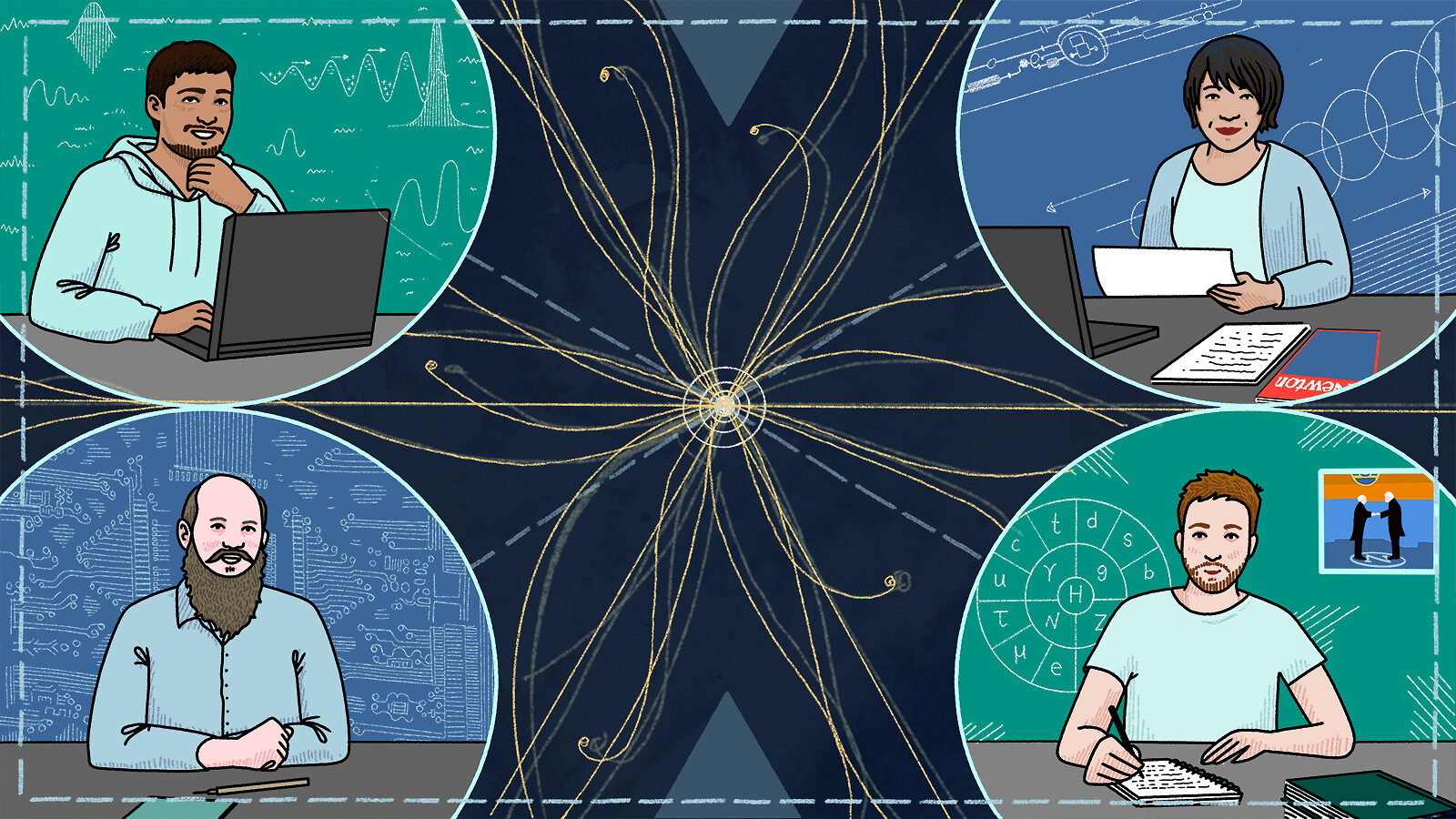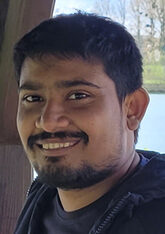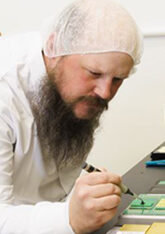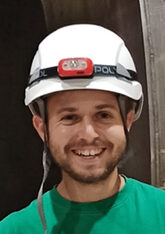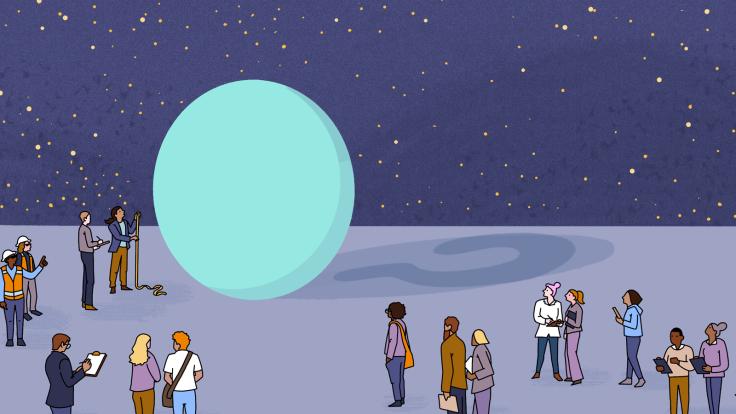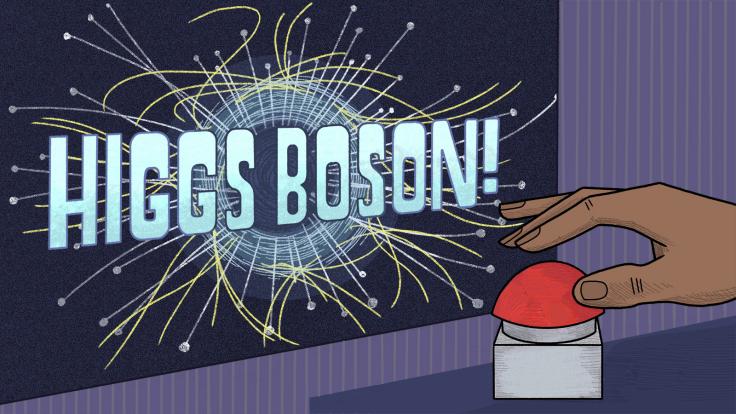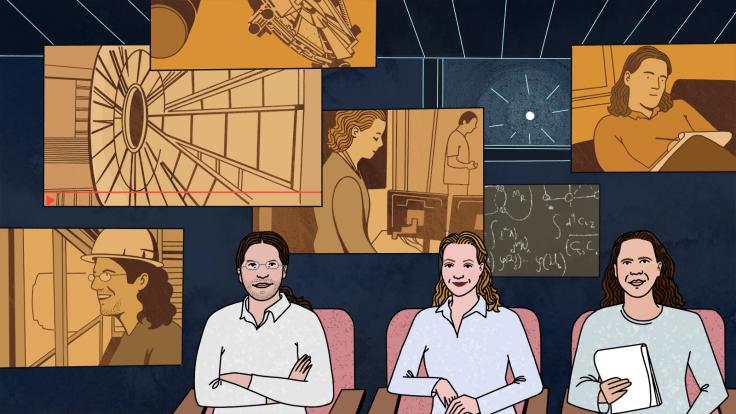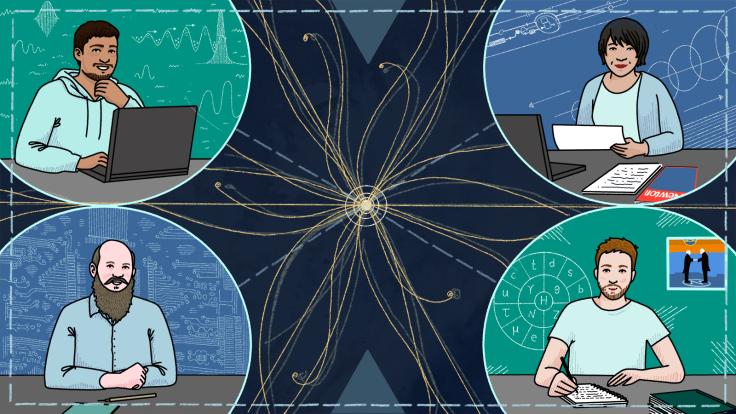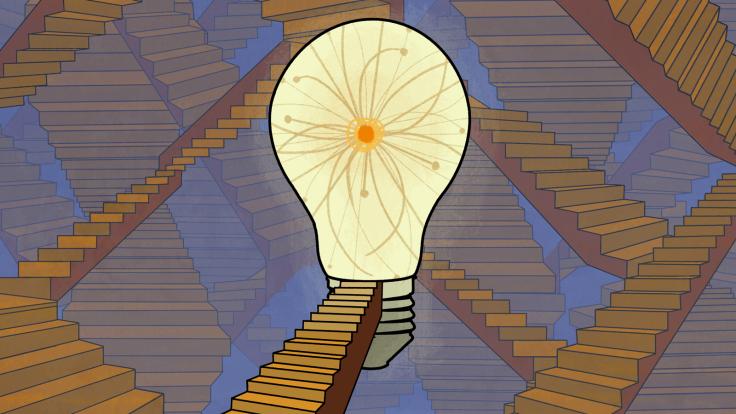The Higgs boson is the final predicted piece of the Standard Model, physicists’ best understanding of the elementary particles and forces that underlie our existence.
Discovering the Higgs boson was scientists’ way to detect the Higgs field, which invisibly blankets the universe and, crucially, gives mass to many of those elementary particles. Without the Higgs field, the Standard Model wouldn’t work. It couldn’t explain the world around us.
But finding the Higgs particle proved to be a difficult task.
On July 4, 2012—almost 50 years after theorists first predicted the existence of the Higgs boson—scientists representing the CMS and ATLAS experiments at the Large Hadron Collider made one of the biggest scientific announcements in recent memory. They had discovered the Higgs at last.
The news quickly traveled across the planet. Meet four people whose academic and career trajectories were affected by the momentous discovery.
Abhishek Panchal, India
Abhishek Panchal can trace his love for physics back to his days at a boarding school in the Surat district of Gujarat, India. At age 13, during his first year away from his family and friends, he sought refuge in books. In a series he found on famous historical scientists, Panchal first encountered the term “elementary particles.” He fondly remembers flipping back the purple cover of his big Collins Dictionary of Science to look for more information about quarks, protons, hadrons and leptons.
“Science was just something very logical. It was something other than magic, that was like magic for me,” he says. “At the time, I had this dream that when I became a scientist and discovered a new particle, I’d name it Abhion, for my name—yeah, it was very silly.”
A year later, scientists at the Large Hadron Collider at CERN announced the discovery of the Higgs boson. As the news became a talking point among the students around him, Panchal found he had something to contribute to the conversation; he actually knew a thing or two about the particle physics world. “Even people who weren’t into science, they wanted to know about it,” he says. “I think that really helped a lot of people, not just me, to get into science in this field.”
After graduation, Panchal began a bachelor’s degree in physics at the Centre for Excellence in Basic Sciences in Mumbai and quickly jumped into a summer research project with the only particle physicist he knew in the department. He stuck with particle physics until the final year of his degree program, when he took a class in quantum electrodynamics and decided to change course.
Today Panchal is a master’s student in laser plasma physics at the Institut Polytechnique de Paris. His research involves working on a new technique for accelerating electrons. He hopes to apply his research in the emerging field of electron therapy to treat cancer.
“It’s not related at all to whatever I started to do, but I think it's evolved in a good way,” he says.
Caleb Fangmeier, USA
Caleb Fangmeier grew up on a farm near Lincoln, Nebraska. He thought he had a future in engineering, until an administrative mix-up at the University of Nebraska-Lincoln set his major to physics.
He went with it. And as he started taking classes, he grew more interested in the field.
“One of the lightbulb moments for me was working with a graduate student,” he says. “We had made a couple of plots and I was looking at it like, This is real data that was collected at the LHC. I thought that was so cool and kind of took off from there.”
Fangmeier was a student in the summer of 2012, when rumors swirled about the impending discovery of the Higgs boson. Fangmeier decided to stay up until 2 in the morning, Nebraska time, to tune in for the big announcement.
“It was historic, right?” he says. “It's one of those moments in the history of physics that only comes once in a while.”
Fangmeier says he thinks that if nothing new had come out of the LHC, then his attention might have shifted to a different part of physics. Instead, the novelty and excitement helped Fangmeier stay dedicated to the field—though, ironically, his interests have shifted back over toward the engineering side.
Today, Fangmeier runs a lab at his alma mater, where he designs detector parts for CMS, one of the two experiments scientists used to discover the Higgs.
Jurina Nakajima, Japan
Jurina Nakajima was 16 when she first learned about particle physics. She went out and bought a copy of the Japanese science magazine Newton to learn more. That same year, news of the Higgs broke, the excitement spread around her peers and teachers as well.
“I remember feeling even more fascinated that there was an undiscovered thing in the world and that we found it,” she says. “I thought, if I study elementary particles, I will also be able to find new particles that no one knows about.”
That interest carried her through her studies all the way to her current PhD program. She is working on research related to the International Linear Collider, a proposed particle accelerator designed to be a “Higgs factory.” It would produce massive amounts of the particle that inspired Nakajima so that scientists can measure it to new levels of precision.
These precision measurements could tell scientists about more than just the Higgs—including whether there are more undiscovered particles hiding out of our view.
Federico Ronchetti, Italy
Federico Ronchetti heard the news about the discovery of the Higgs boson on top of a mountain near Como in Italy, while on a trip with a friend’s family. He was 16 years old.
He didn’t fully understand the significance of the event at the time, but he started looking into it as soon as he got home. Ronchetti was amazed at how people from all over the world—from physicists to engineers to mechanics—came together to make the discovery possible.
In high school, Ronchetti had the chance to visit CERN, the site of the Higgs discovery. He and his classmates ventured underground on a tour of the towering ALICE detector, a sight that helped solidify his love for physics.
Ronchetti enrolled at the University of Insubria, where he developed an interest in medical physics. As a student, he returned to CERN, this time for a month with his research group to perform tests on silicon detectors.
Actually working on detector technology at the home of the LHC steered Ronchetti back toward particle physics. “As someone interested in detector research and development, being at CERN is the best possible thing one can do,” he says.
He completed his master’s degree and is now applying to PhD programs. For inspiration, he keeps a poster on his wall of the moment the Royal Swedish Academy of Sciences awarded the Nobel Prize to theorists François Englert and Peter W. Higgs.



